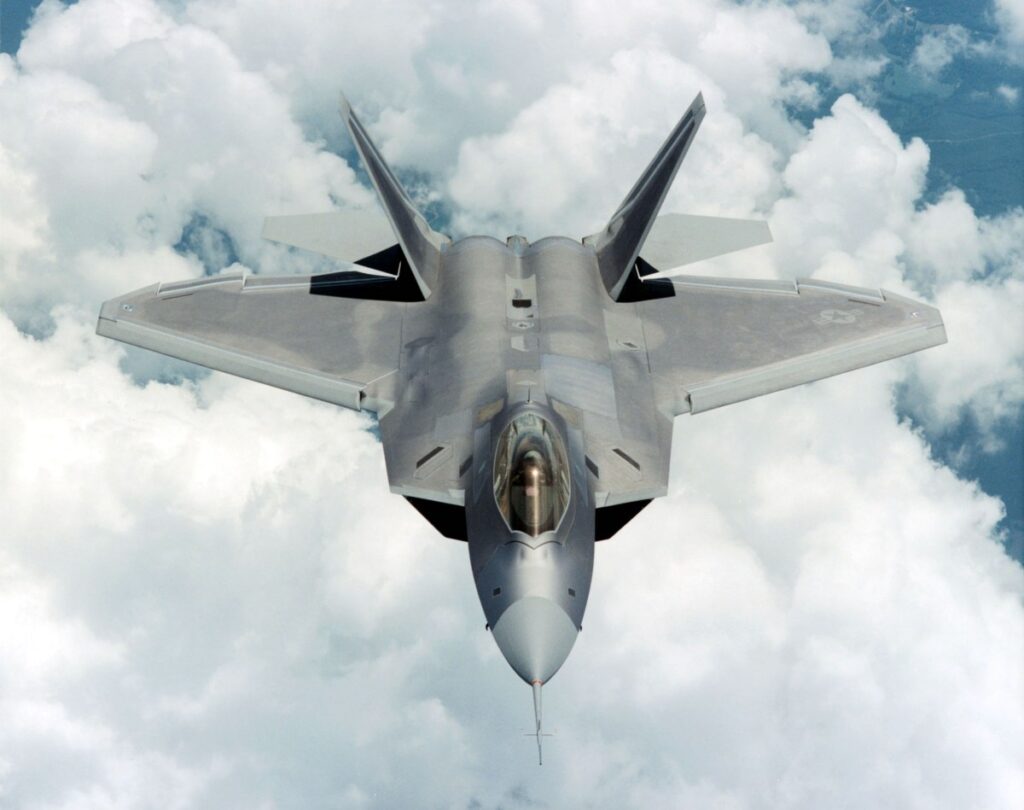Silicon Valley and the Pentagon are growing ever closer. As venture capitalists continue to pour money into defense tech startups, they are turning to a new hiring pool: military veterans and former Pentagon personnel.
Andreessen Horowitz has hired former fighter pilot Matt Shortall as its chief of staff, Lux Capital has brought on former U.S. Special Operations Command commander Tony Thomas as an adviser, and Shield Capital managing partner Raj Shah is an Air Force veteran.
Hiring ex-military people gives companies a big advantage, allowing them to “understand what the real problems are out there in the battlefield,” rather than just sitting and theorizing in Silicon Valley, Ali Javaheri, an emerging tech analyst at PitchBook, told TechCrunch.
The hiring surge for ex-military personnel comes amid a continuing investment boom in defense tech. Silicon Valley is pumping about $35 billion into defense tech startups in 2023, and more than $9 billion so far this year, according to a PitchBook report released last week. The trend has been buoyed by some big funding rounds: Shield AI, which makes AI-powered drone piloting systems, raised $500 million last year, and Palmer Luckey’s defense tech startup Anduril reportedly secured $1.5 billion in new funding last month. While funding into the sector has slowed this year, Javaheri said it has still shown “resilience” amid a tough overall funding environment.
But it’s not all rosy in the industry: Javaheri described the Defense Department’s procurement process as “cumbersome” and said it can take years for startups to win contracts — a time that startups must endure financially with little to show investors for their efforts.
Venture companies that can offer startups the connections of former military personnel have a huge advantage in competitive deals. “They can use their networks to speak to the program officers who ultimately control the budgets of specific military branches,” Javaheri says. “The military is a very network-driven organization.”
For former military personnel, it’s an entry point into a lucrative second career working with cutting-edge technology. “A few years ago, I would have been a vice president at Lockheed Martin. Not glamorous at all,” Chris O’Donnell, a former Navy SEAL and director at Franklin Venture Partners, told The New York Times.
But time for a cushy post-military job at a startup may be running out: The sector has seen few notable exits beyond Palantir’s 2020 public offering and Anduril’s recent acquisition spree, which saw the company buy engineering firm BlueForce and rocket-engine maker Adranos.
Even though the window for tech IPOs isn’t closed right now, Javaheri doesn’t see many of them happening in the future, and he advises VCs to view their investments as companies that could eventually become acquisition targets — likely from the same unattractive companies that ex-military personnel are currently avoiding.
“It’s likely that existing defense contractors will acquire some of the smaller companies,” he said.
But for now, defense technology hype remains strong, and veterans and Pentagon employees can end their careers on a well-funded landing pad.
For those who know Silicon Valley’s history, it’s something of a home for the tech industry, which began at the intersection of university research and Department of Defense technology spending, as the area was historically home to various military operations. In fact, the Presidio district of San Francisco is now home to numerous venture capital offices, including defense technology firm Founders Fund.
“Silicon Valley is returning to its roots, working closely with the Department of Defense in an increasingly tense and competitive geopolitical environment,” Javaheri said.



